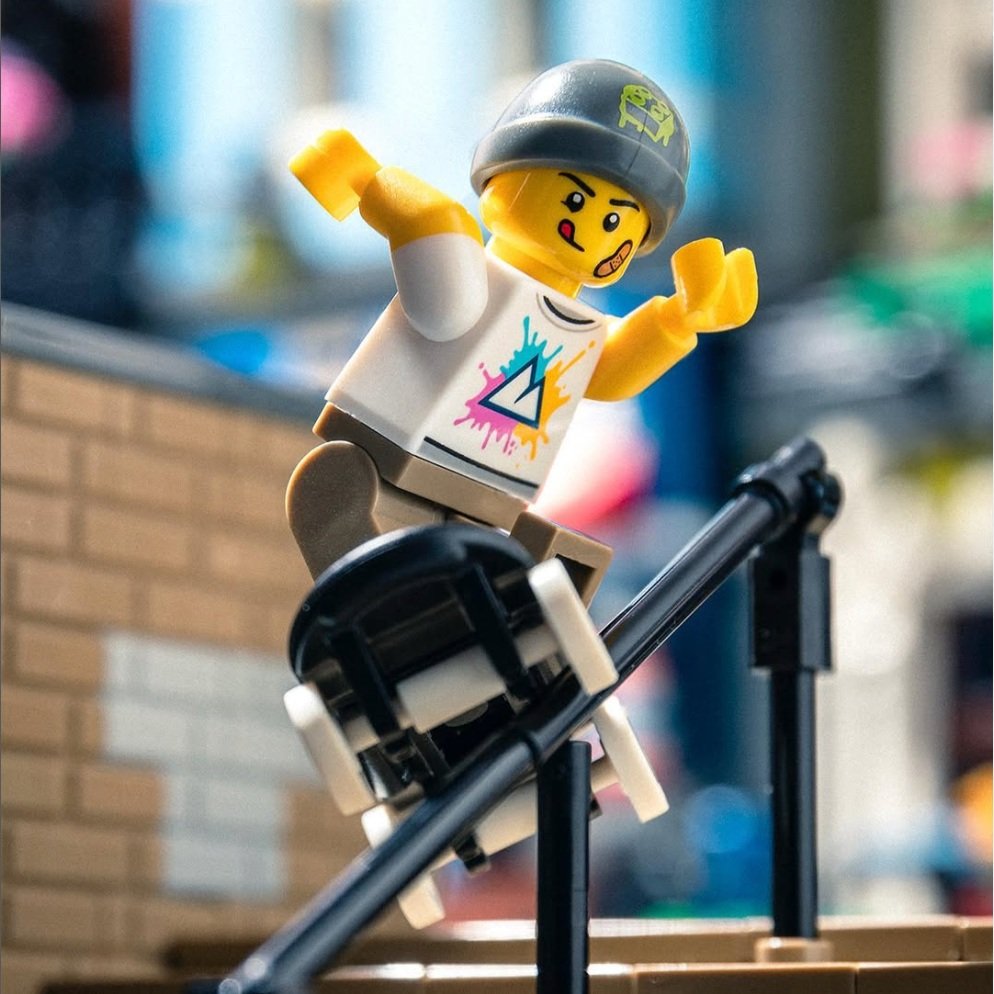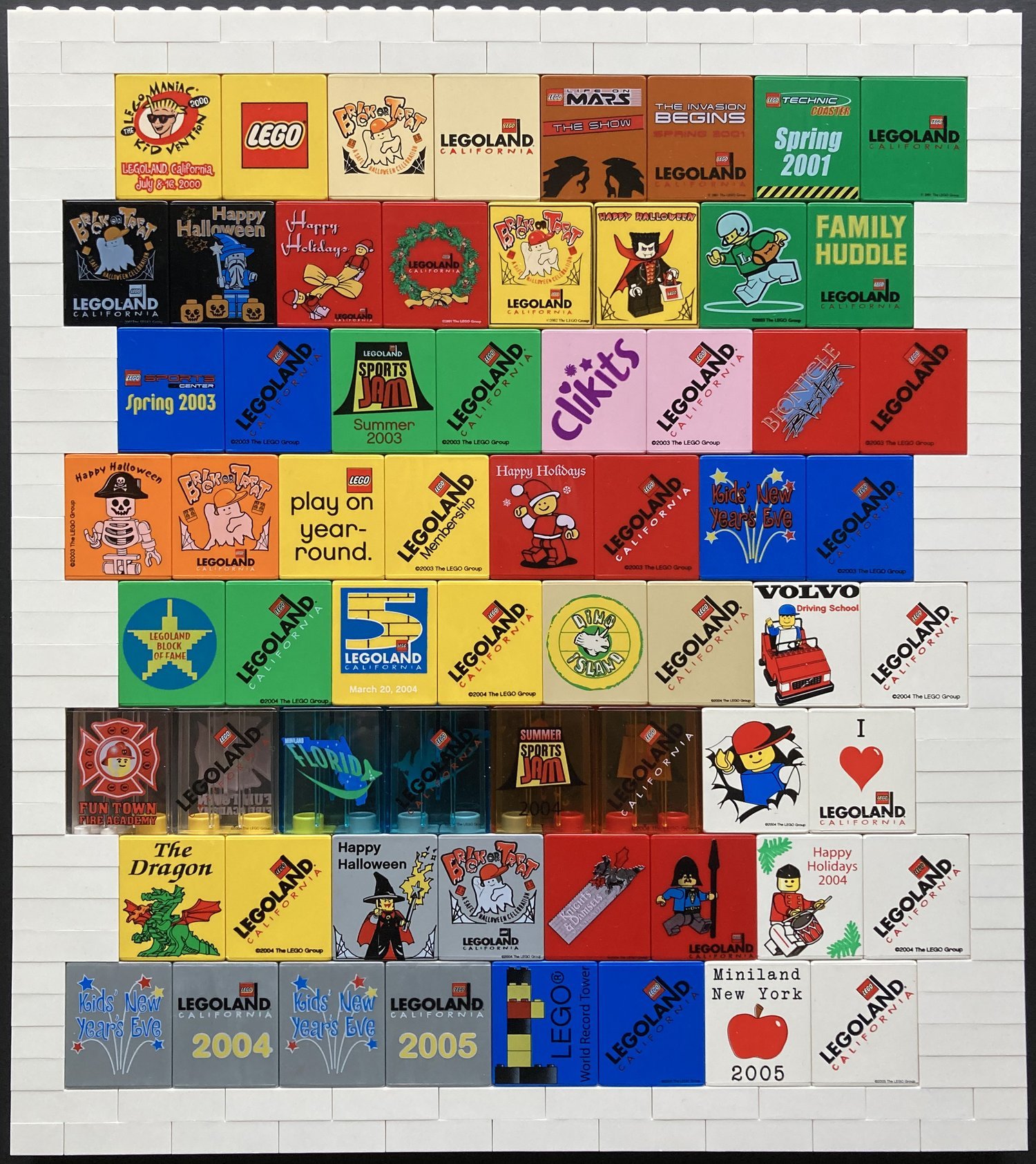Review - The LEGO Animation Book
/The LEGO Animation Book (2016, No Starch Press) by David Pagano and David Pickett (both great LEGO animators), is an exhaustive how-to book teaching you everything you need to know (and more) about LEGO stop-motion animation, also known as “brickfilming”. Whether you’re just starting out, or a seasoned vet with multiple films under your belt, this book is a great resource.
(Some background info: I’m approaching this review from the perspective of a LEGO animation veteran. I started brickfilming in 2001, back when the brickfilm community was in its embryonic stages and predating the dawn of YouTube.)
Like other No Starch Press books, the quality is really top notch. It's 205 pages, and full of colorful, fun photography to illustrate the lessons. The book is separated into sections that show you the basics of brickfilming, techniques for animating the minifig (including the walkcycle), the tools and software you’ll need, classic animation principles, the creative process, building sets, Cinematography and Production, and post production. It starts off showing you the absolute basics of making a brickfilm (you don’t need anything fancier than some bricks, a desk lamp, and a smartphone to start making a simple film), and proceeds to show you more advanced techniques as the book progresses (upgrading to studio lighting, and a DSLR camera).
One of the touches I liked was that Pagano & Pickett inserted themselves as “sigfigs” throughout the book intermediately to add the occasional witty remark or helpful tip. It added a lot of personality. I loved the in-depth chapter on animating minifigs. It's surprisingly deep, utilizing a bunch of techniques developed over the years by the brickfilm community (how do you convey a minifig shrugging? They got you covered), to techniques that might be considered...dubious (if you have older torsos you can pop out the arms and use atennae pieces to make cybenetic limbs!) You can tell this was written by brickfilmers who know their stuff.
One of my favorite sections in the book was the Animation Principles chapters, which goes over the 12 Principles of Animation with a brick twist (the animation nerd in me really enjoyed seeing the “Nine Old Men” in minifig form). The classic “bouncing ball” lesson is recreated with a brick-built ball, complete with alternate models to imitate the “squash and stretch” of an animated ball. It’s a really clever twist on an old lesson.
The book emphasizes that you don’t need minifigs to make a brickfilm. You could just build your actors out of bricks, which I personally feel is a very underutilized technique in brickfilms. They could range in size from micro-figs to 1 foot tall models.There are instructions included where you can build your own “PaganoPuppet”, which is a brick-built, animatable puppet used in several of David Pagano’s films (it's also featured on the front cover). It’s a really cool inclusion.
My only real complaint is the supplemental material (or lack thereof): many of the lessons in the book are built around scenes from a companion brickfilm Pagano and Pickett made called “The Magic Picnic”, which as of this writing, is not online yet, and only has a brief teaser trailer available. While the lessons in the book are easily understood without seeing the film, I feel like this omission makes the book feel slightly unfinished.
Pagano & Pickett have made an essential guide to this fantastic hobby, and whether you’re just starting out or a seasoned brickfilmer, this belongs on your bookshelf. I give it 4.75 Nerdlys
If you're interested in getting your own copy of this fabulous book (and you know you are) please consider supporting BrickNerd and using this link.
























